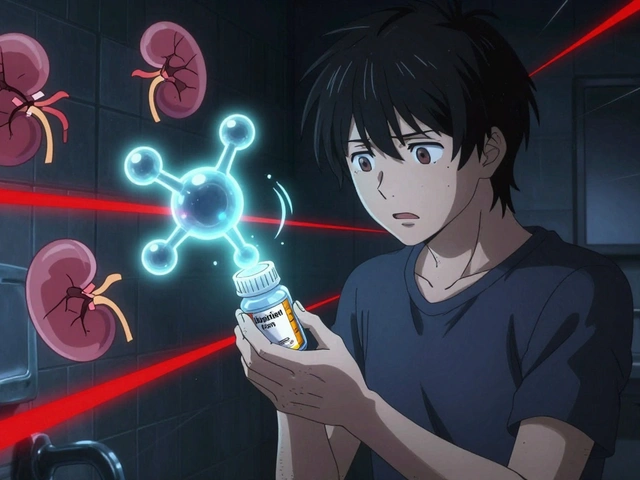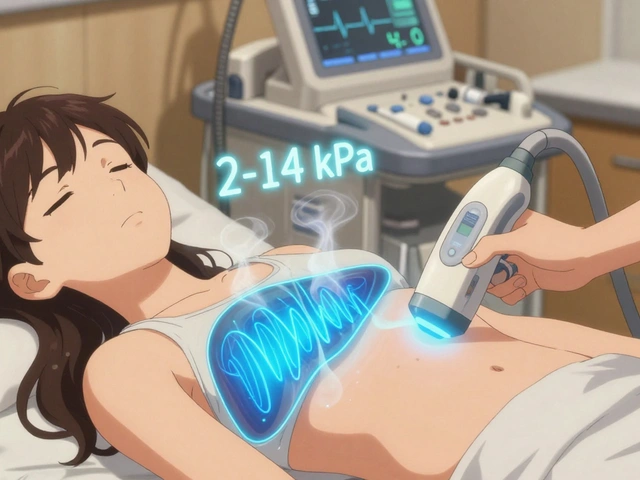Ovulation Test: How to Choose and Use Them Effectively
When working with ovulation test, a urine‑based tool that detects the luteinizing hormone (LH) surge indicating imminent ovulation. Also known as ovulation predictor kit, it helps you pinpoint the most fertile days of your cycle. Fertility the ability to conceive, often monitored through various methods relies heavily on accurate timing, and the ovulation test is a core component. The test directly detects the LH surge, which triggers the release of an egg—this physiological event is the key trigger for successful conception. Because the LH surge usually peaks 24‑36 hours before ovulation, the test gives a clear window for intercourse or insemination. In practice, many users pair the test with other indicators like cervical mucus, but the LH surge remains the most reliable single marker. Understanding this relationship empowers you to plan better and avoid missed opportunities.
Key Factors When Picking an Ovulation Test
Choosing the right kit starts with knowing the other signals your body sends. LH surge kits devices that measure luteinizing hormone levels in urine vary in sensitivity; some are designed for women with lower hormone spikes, while others target typical ranges. Sensitivity matters because a too‑high threshold can miss a subtle surge, leading to false‑negative results. Basal body temperature (BBT) the lowest body temperature recorded during sleep, which rises after ovulation is another valuable metric. Tracking BBT alongside the test gives you a confirmation—if your temperature spikes after a positive test line, you’ve likely ovulated as expected. For those on fertility drugs like Clomid a medication that stimulates ovulation, it’s crucial to know that the drug can shift the timing or intensity of the LH surge, sometimes producing multiple peaks. In such cases, using both an LH surge kit and BBT chart provides a more complete picture, reducing confusion caused by drug‑induced hormonal fluctuations.
Putting these pieces together creates a reliable fertility tracking system: the ovulation test signals the approaching LH surge, basal body temperature confirms that ovulation has occurred, and any medication like Clomid is factored in to adjust expectations. This integrated approach lets you schedule intercourse, plan insemination, or simply understand your cycle better. Below, you’ll find articles that dive deeper into each of these topics—comparisons of different ovulation kits, step‑by‑step guides for BBT tracking, and how fertility drugs interact with test results. Explore the collection to sharpen your timing, avoid common pitfalls, and boost your chances of conception.

Choosing the Best Ovulation Test: A Practical Guide
Learn how to pick the best ovulation test for your cycle, budget, and lifestyle. Compare strip, digital, saliva, and wearable options, and get tips for accurate use.
Continue Reading



